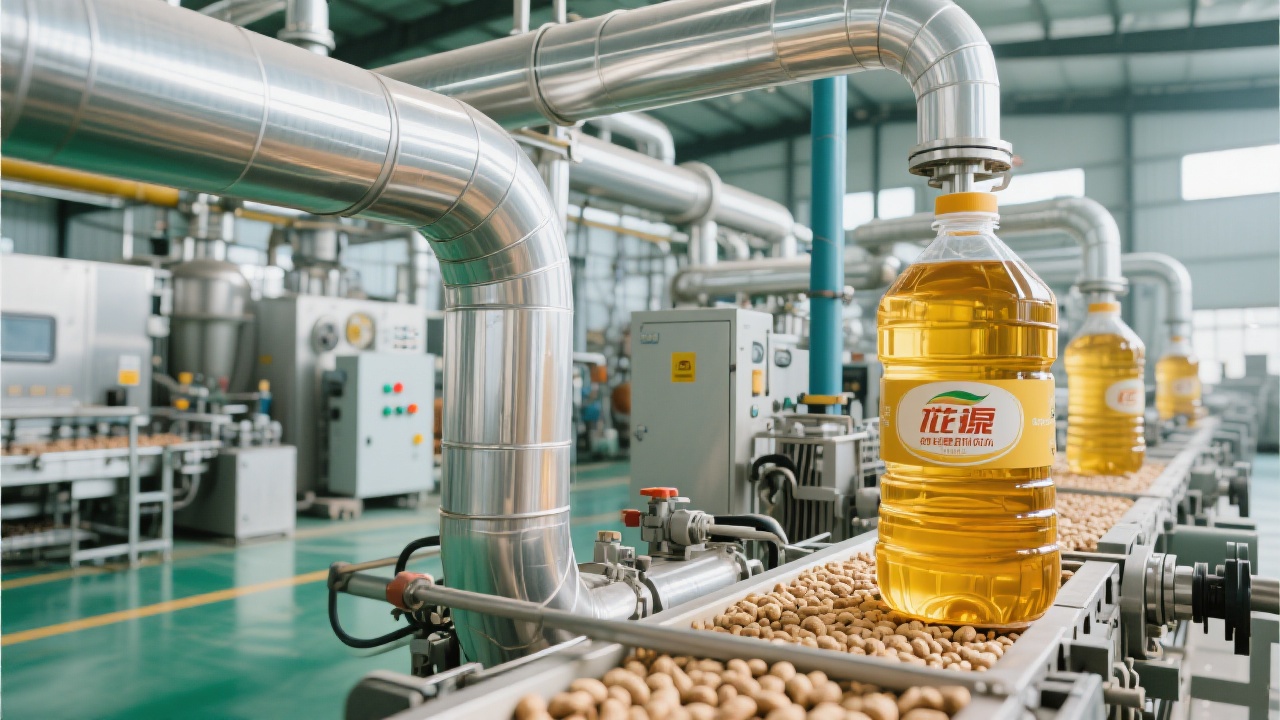
When it comes to premium soybean oil production, the real magic happens behind the scenes—specifically in two critical pieces of equipment: the de-gumming tank and the neutralization vessel. These aren’t just components—they’re the backbone of purity, color stability, and consistent quality.
In de-gumming, phospholipids are removed through controlled water addition and gentle agitation. If done improperly, residual gums can cause emulsification during neutralization—a common issue that leads to higher soapstock formation and lower yield. The ideal process requires precise temperature control (typically 60–70°C) and efficient mixing to ensure complete hydration and separation.
Neutralization then targets free fatty acids (FFAs), using sodium hydroxide at a carefully maintained pH of 4.2–4.5. A deviation of even ±0.2 pH can result in increased oil discoloration or off-flavors—something buyers notice fast.
| Equipment Type | Best For | Key Advantage |
|---|---|---|
| Batch De-gumming Tank | Small-scale producers (5–20 MT/day) | Lower investment, easier operation |
| Continuous Neutralization Line | Mid-to-large facilities (>50 MT/day) | Stable output, reduced labor cost per ton |
A real-world example? One mid-sized oil mill in Vietnam replaced their old batch de-gumming unit with a modern stainless steel model featuring automated pH feedback control. Within three months, they saw a 30% drop in residual phosphorus content—and customer complaints about cloudy oil dropped by 45%. That’s not just efficiency—it’s trust built into every liter.
“We used to lose up to 2% of our yield due to poor de-gumming. Now we’re hitting 98.5% recovery consistently.” — Factory Manager, Hanoi Processing Plant
Many plants assume any tank will do—but material matters. Austenitic stainless steel (304L or 316L) resists corrosion from acidic residues better than carbon steel. And automation? It’s no luxury—it’s essential for consistency. Manual pH adjustments lead to variability that affects both flavor and shelf life.
Pro tip: Don’t skip pre-treatment testing. A simple FFA and moisture analysis before entering the neutralizer can prevent costly rework and improve overall throughput by up to 15%.

Let’s be honest—your customers don’t care about your machine specs. They care about what’s in the bottle: clean, stable, great-tasting oil. So if you're serious about quality, start with the foundation. Not just equipment, but a system designed for precision, sustainability, and performance.
Ready to upgrade your soybean oil refining process? Let’s talk about how tailored solutions can boost your yield, reduce waste, and win over discerning global buyers.
Make Every Drop Count – Get a Custom Equipment Assessment Today
